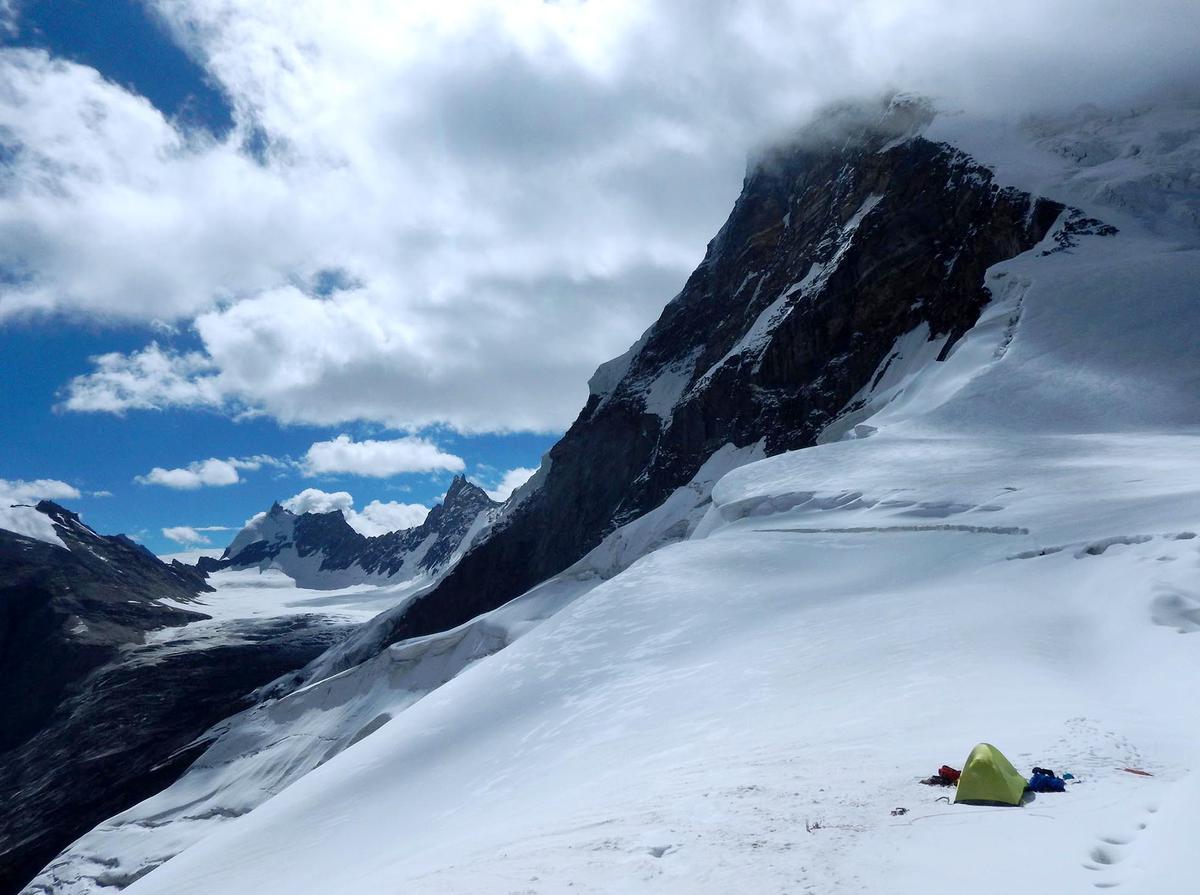WELCOME TO THE ERA OF CLIMATE CHANGE
BY: ZAHID NABI
Year 2023 ended as the hottest year ever recorded on the earth and marked a transition into an era of global boiling from an era of global warming, a statement made by UN General Secretary, Antonio Guterris. Record breaking temperatures in the meantime across various months gave a moyemoye moment to all the denailists of climate change.
2023 was the warmest year on record according to ERA5 datasets released by European Centre for Medium Range Weather Forecasts (ECMWF). 2023 witnessed six record breaking months and two record-breaking seasons,” Samantha Burgess, deputy director of Copernicus Climate Change Service (C3S), said in a statement last month. The world has experienced the highest mean temperature on record for the first 11 months of the year, 1.46 degrees Celsius (2.63 degrees Fahrenheit) above the pre-industrial average.
From January to November, the 11-month average was 0.13C (0.234F) higher than 2016, which was previously the warmest calendar year on record.
Throughout 2023, many regions experienced intense and prolonged heatwaves, breaking temperature records and putting a strain on communities and ecosystems. In the United States, China, Southern Europe, North Africa, and the Middle East temperatures set records, with deadly consequences for some of those unable to escape the heat. In July, temperatures exceeded 50°C in Death Valley in the US as well as in Northwest China. In parts of Spain, France, Italy, Greece, and Bosnia temperatures topped 40°C, while Sicily saw temperatures as high as 46.3°C. Globally, June through August marked the world’s hottest three month period in recorded history, and the average global temperature in July was more than 1.1°C hotter than last century’s average, according to the United States’ National Oceanic and Atmospheric Administration (NOAA).
After recordbreaking 2023, year 2024 has started at an unexpected or rather on an unexpected note from climatic point of view more so over the regions of north India. If we take into consideration our own region of Jammu and Kashmir, the weather we are experiencing is far from being on normal trajectory. Infact the twin cities of Jammu and Kashmir (alongwith other districts of Kashmir) seem to have exchanged weather pattern particularly during the day hours. Kashmir valley which experiences harshest cold weatherduring the month of January is experiencing spring like sunshine with temperature over 14 degrees at various place. The city of Jammu, on the other hand, where days used to be warm and warmer than Kashmir is under the grip of cold and fog. Fogy mornings, fogy evenings, cold nights and chilly days seem to be order of the day in the winter capital of J and K.
Snowless mountains isa scary sight and the on-going dry spell in Kashmir during this year’s Chilla-e-Kalaan is keeping snow craving tourists away from the Valley. With only 30 per cent occupancy in houseboats in Srinagar and nearly 70 percent cancellations overall, Kashmir’s tourism sector is up for a beating.
If the experts are to be believed, multiple reasons can be attributed to the on-going dry spell in Kashmir. The first and foremost reason is the absence of any major western disturbance-winds that carry moisture from Mediterranean sea and precipitate down over northern India thereby bringing bulk of winter precipitation. The reason for absence of WD induced precipitation is inturn attributed to presence of a strong El Nino, a global climatic pattern that causes warming of surface waters in the eastern tropical Pacific Ocean. During El Nino events, the warmer-than-average sea surface temperatures in the Pacific Ocean can lead to changes in atmospheric circulation patterns.
In the case of Northern India, El Nino tends to influence the Indian Summer Monsoon, and occurrence of winter rainfall brought by western disturbances. Later one constitutes an important component of the region’s annual precipitation. El Nino generally leads to drier conditions in Northern India as is trinspiring out this year.
Whatsoever the precise reasons for a dry winter this year, we cannot shy away from the fact that all the metrological events are globally connected and are now impacted by global climate change the world is experiencing at a faster rate. Climate change, driven primarily by human activities such as the burning of fossil fuels and deforestation, is leading to alterations in the Earth’s climate patterns. This includes changes in temperature, precipitation, sea level, and more. Therefore it is important to recognize that addressing climate change requires global cooperation and individual actions. Advocacy, education, and engagement with policymakers are also crucial components of creating a sustainable future.
Addressing climate change in Kashmir is of paramount importance due to its direct impact on the region’s environmental and socio-economic wellbeing. Kashmir is susceptible to shifts in weather patterns, glacial retreat, and changes in precipitation, which can significantly affect water resources and agriculture. By prioritizing climate action, the region can mitigate the risks of natural disasters, safeguard vital ecosystems, and ensure the resilience of local communities. Moreover, a focus on sustainable practices and environmental conservation can contribute to the long term stability and prosperity of Kashmir, making it imperative to address climate change for the benefit of both the environment and the people.
(The author is a researcher in the field of weather modelling and climate change and can be reached at zahidrazaqadri@gmail.com)






